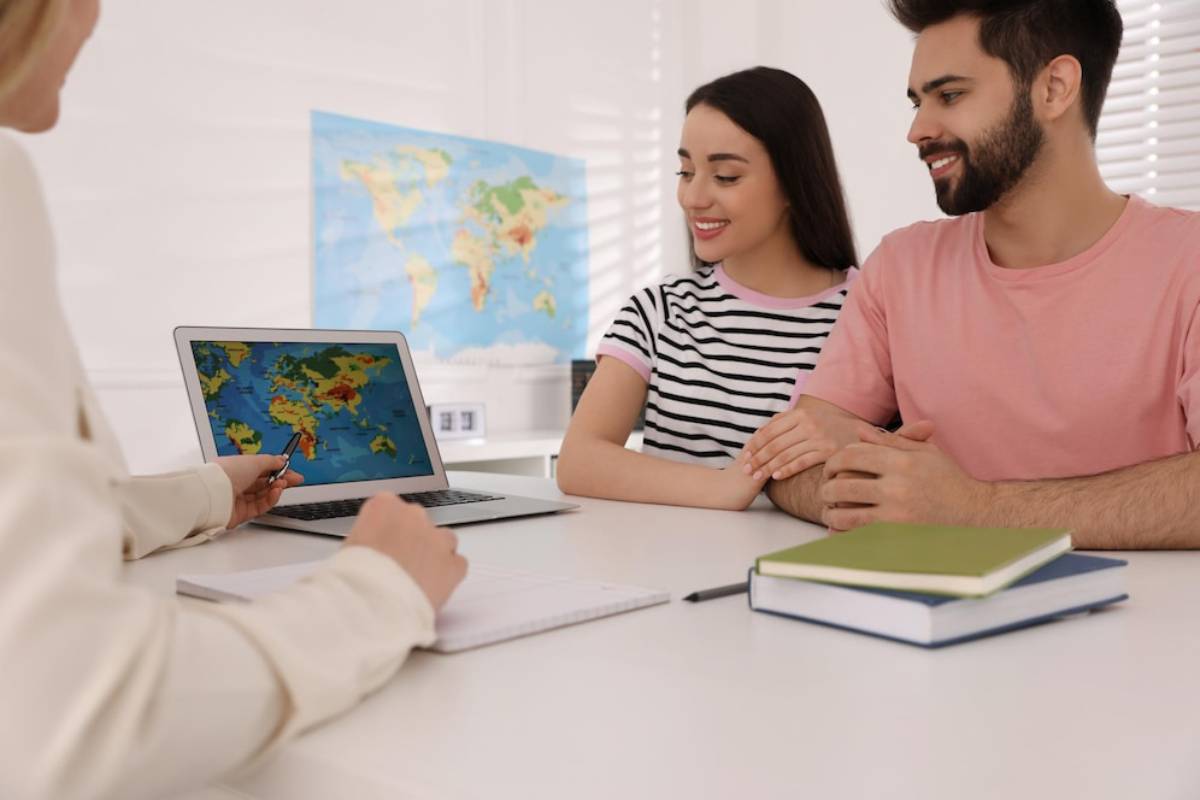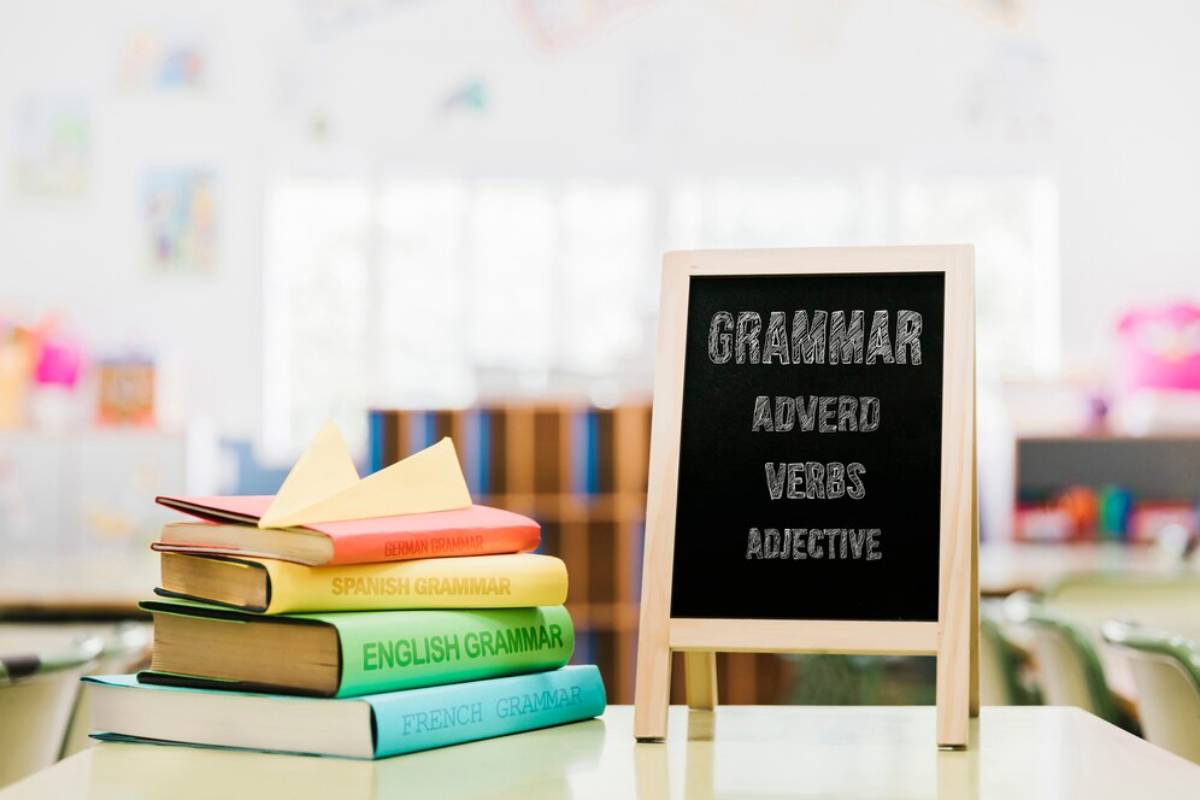
How to Plan a Language Learning Trip on a Budget
Travelling to learn a new language sounds amazing, but also expensive.
Good news: it doesn’t have to be.
With the right planning, you can design a budget immersion trip that gives you the same language benefits without draining your bank account. You’ll learn from locals, practise every day, and experience culture first-hand — all while sticking to a smart budget.
In this post, we’ll show you how to plan an affordable language immersion trip, step by step. From flights and accommodation to food and activities, every tip here is designed to help you save money and gain fluency.
Choose the Right Destination
Not all countries cost the same, and not all are great for learning.
Look for places where:
- The cost of living is low
- Locals speak the language clearly
- There’s less English spoken (more language practice)
- You feel safe and welcome as a traveller
Budget-Friendly Language Destinations:
- Spanish: Guatemala, Colombia, Mexico
- French: Senegal, Morocco, Quebec (Canada)
- German: Austria (outside big cities), Leipzig (Germany)
- Italian: Southern Italy, Sicily
- Portuguese: Brazil (smaller cities), Portugal (off-season)
- Japanese: Fukuoka, Sapporo
- Mandarin: Taiwan, Kunming (China)
Pick a place where your money goes further, and your language opportunities are richer.
Travel in the Off-Season

Travelling off-season = lower prices for flights, stays, and even food. Avoid holidays and school breaks.
For example:
- Travel to Europe in early spring or late autumn
- Visit Asia just before or after major festivals
- Go to South America during their winter months (June–August)
It’s quieter, cheaper, and you’ll have more chances to interact with locals.
Find Cheap Flights
Flights can be the biggest cost, but there are ways to bring it down.
Smart flight tips:
- Use comparison sites like Skyscanner, Google Flights, or Hopper
- Set price alerts and book when rates drop
- Be flexible with dates and airports
- Fly mid-week for cheaper fares
Flying into smaller cities is often cheaper and better for immersion.
Stay for Less (or Free!)
Where you stay has a huge impact on your budget and your learning.
Affordable options:
- Hostels: Low cost, easy to meet others
- Guesthouses or shared Airbnbs: More privacy, still budget-friendly
- Homestays: Great language practice with locals
- Volunteering (Workaway, HelpX): Trade work for food and lodging
- Couchsurfing: Free stays with locals, often very social
Always read reviews and message hosts in advance. A stay that includes daily conversation is worth gold for your fluency.
Eat Like a Local
Food can be expensive — or a huge money saver.
To save money:
- Shop at local markets
- Cook your own meals if possible
- Eat where locals eat, not tourists
- Ask hosts or neighbours for recommendations
Also, talking about food is a fun and natural way to learn new words. Ask for recipes or ingredients in your target language — people love sharing.
Practice Language for Free
You don’t need to pay for lessons to learn on your trip.
Free ways to learn:
- Chat with locals in shops or parks
- Attend language exchange meetups (check Facebook or Meetup.com)
- Join free tours or events — ask questions in the local language
- Talk to your host or neighbours daily
- Listen to local radio or podcasts during downtime
Remember, real-world use is the best classroom.
Use Tech to Stay on Track
Your phone is your best learning tool.
Recommended apps:
- Google Translate (with offline download)
- HelloTalk or Tandem – free language exchange with locals
- Anki – flashcards for words you pick up
- Maps.me – offline maps with local tips
- Duolingo or LingQ – extra practice between conversations
Use tech to fill quiet moments — on buses, in queues, or during a walk.
Make Your Trip Language-Focused
It’s easy to end up just hanging out with other travellers. That’s okay — but if you want fluency, be intentional.
Language-first trip tips:

- Choose accommodation where locals live
- Join a class or activity taught in your target language (yoga, art, cooking)
- Avoid tourist-heavy areas when possible
- Talk to service staff in your target language — even if it’s slow
Be okay with making mistakes. That’s how you improve.
Real-Life Story: How Carlos Spent 6 Weeks in Mexico Learning Spanish on $30 a Day
Carlos, 28, wanted to learn Spanish but didn’t have a big budget.
He flew to Oaxaca during the off-season. He stayed in a family-run guesthouse, ate at markets, and volunteered at a local school a few hours a day.
He used Duolingo during his morning coffee and had conversations with street vendors every afternoon.
“I spent less than $30 a day,” he says. “And I came back able to hold full conversations in Spanish.”
Don’t Forget to Budget for These
- Local SIM card or data plan – Cheap and helpful
- Transport passes – Buses and metros add up
- Travel insurance – Always worth it
- Emergencies – Keep a small safety fund
Being prepared means fewer surprises and less stress.
Final Thoughts: Fluency Without the Fancy Price Tag
You don’t need to be rich to travel and learn a language. You need curiosity, a bit of courage, and a plan.
When you stay local, speak daily, and keep things simple, your trip becomes both affordable and deeply rewarding.
You’ll come home with more than just photos — you’ll bring back real language skills that stick.
So pick your place, pack light, and practise often. Your language learning adventure is waiting — and it won’t cost a fortune.


